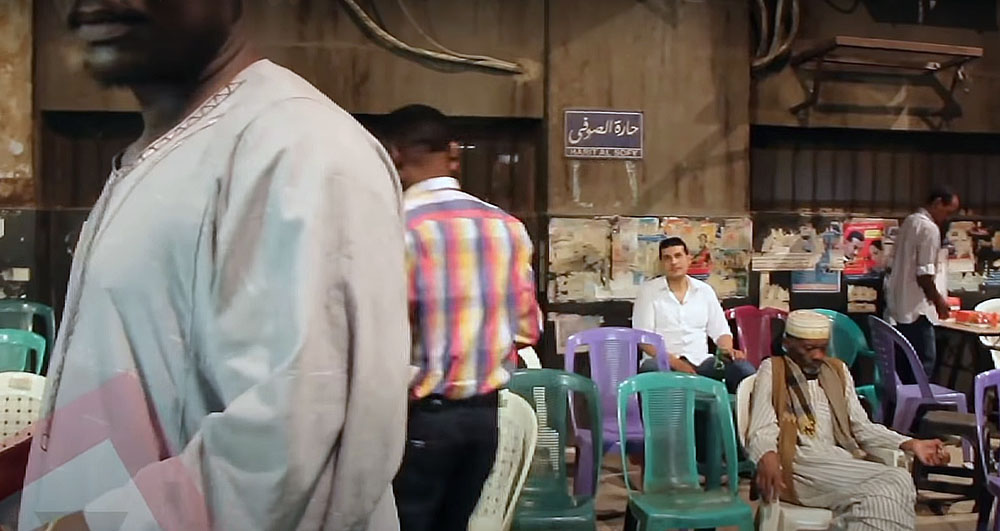
Will Egypt Become an Alternative Homeland for Sudanese Fleeing the Horrors of War?
The devastating April war forced thousands of Sudanese to flee and seek refuge in Egypt. According to the latest official statistics released in September, the number of Sudanese refugees who have sought asylum in Egypt since April 15 has exceeded 280,000. The total number of political asylum seekers from Sudan is estimated to be around 1,007,116, and some unofficial statistics suggest that there are more than 5.5 million Sudanese residing in Egypt.
Considering the Four Freedoms Agreement, we find that it has gone through several stages before its signing, under different names throughout the political history of Sudan after its independence, and for Egypt after transitioning from a monarchy to a republic. In reality, the fundamental principles upon which the agreement was based have not changed since its inception in each time period. However, the circumstances influencing its effectiveness have evolved.
Looking back a bit, in 1995, Sudanese-Egyptian relations soured after an assassination attempt on Hosni Mubarak in Addis Ababa. Egypt continued to monitor the relationship between Omar al-Bashir and Sheikh Hassan al-Turabi and his organization at the time, until the famous split occurred in 1999, which put an end to tensions. This marked the beginning of a new era in Sudanese-Egyptian relations, leading to a strategic partnership that revived the integration project, signed in Cairo in 2004, which included the right to move, reside, work, and own property.
After the signing of the Naivasha Peace Agreement in 2005, Egypt believed that activating the integration mechanisms established through food security projects could witness significant progress and meet the needs of both countries. The economic dimension outweighed other aspects, especially since the project helped alleviate the security concerns that had prevailed since the Sadat era. The two countries established a committee for implementation and follow-up.
Following the Arab Spring uprisings, it seemed that the two regimes, both built on political Islam, could set aside their old disputes to achieve the integration project in reality. However, Egypt demanded amendments to the initial Four Freedoms Agreement between the two countries in February 2013, leading to criticism from Khartoum.
The amendments stipulated that Egyptians in Sudan could own property without restrictions, while Sudanese ownership of land in Egypt would be subject to the Hukra law, meaning that Sudanese would have a limited period (not exceeding 10 years) of usage before obtaining ownership rights. This was to ensure that Egypt could first invest in its lands before granting ownership.
Regarding the issue of freedom of movement between the citizens of both countries, the amendment required Sudanese between the ages of 18 and 49 to obtain a pre-entry visa to enter Egyptian territory, while Sudanese authorities allowed Egyptians of all ages to enter Sudan without a visa.
Despite almost three decades since the signing of the Four Freedoms Agreement in its latest form, with clear terms between Sudan and Egypt, the ability to fully implement it is still in doubt for Sudan, which believes that Sudanese have not benefited optimally from it. The restrictions imposed by the Egyptian side on Sudanese are seen as contrary to the principle of reciprocity, while Egypt believes that the agreement has fulfilled its obligations despite the challenges that have hindered its implementation at times but have always been resumed shortly after.
In reality, both sides view the agreement in a way that suits them. Sudan and Egypt base their evaluations on flaws in implementation, as well as a lack of coordination in fully utilizing the provisions. While significant progress has been made in restricting movement, residence, and work, there is a flaw in implementing the right to work and own property, which the recent agreement sought to address by balancing implementation and equalizing the provisions.
Some argue that the Four Freedoms Agreement is another version of the old Integration Charter, which did not meet the conditions necessary for the success of any unity project. Such a project should be based on solid foundations that can accommodate political changes in both countries and complex issues like the Grand Ethiopian Renaissance Dam.
However, others believe that the agreement is moving in the right direction because it enjoys more protection than previous documents and has created a mass base of citizens from both countries eager to apply its provisions, even in the face of disputes and tensions between their governments.
But after the devastating April war forced thousands of Sudanese citizens to flee the horrors of war and seek refuge in Egypt, a fundamental question arises based on the Four Freedoms Agreement: Will Egypt become an alternative homeland for Sudanese fleeing the horrors of war?


